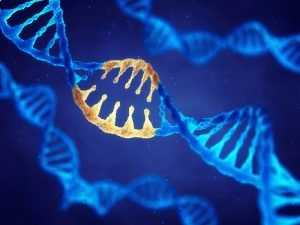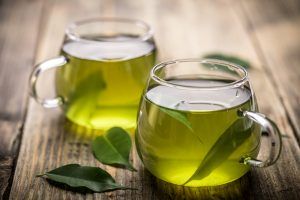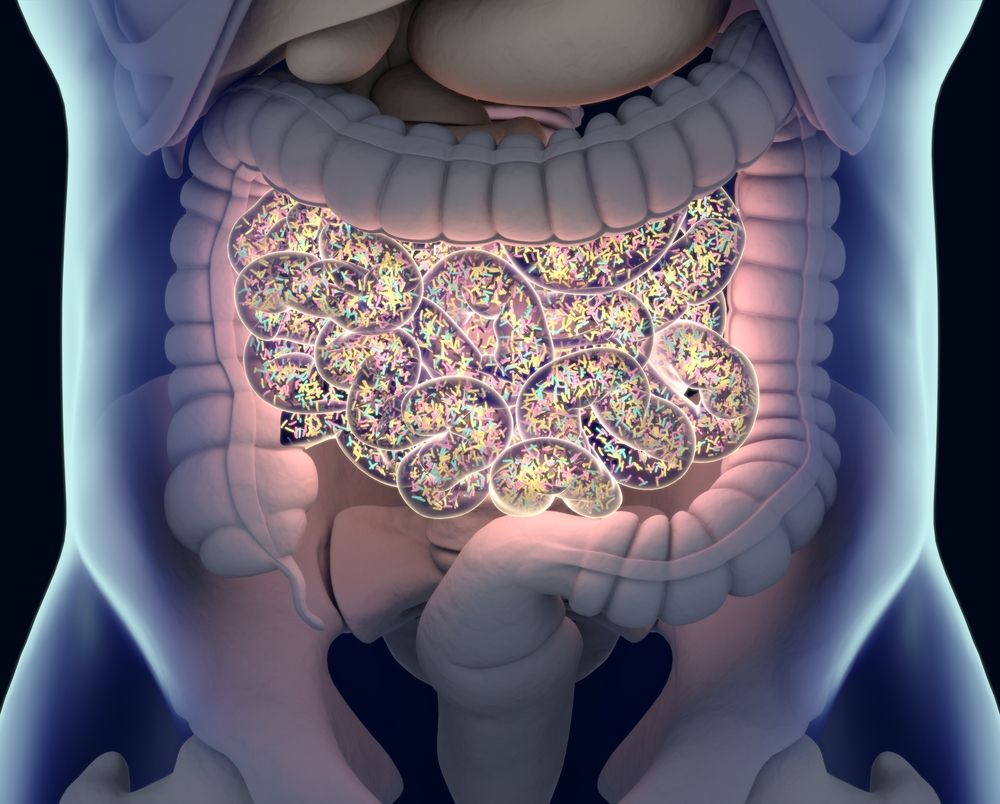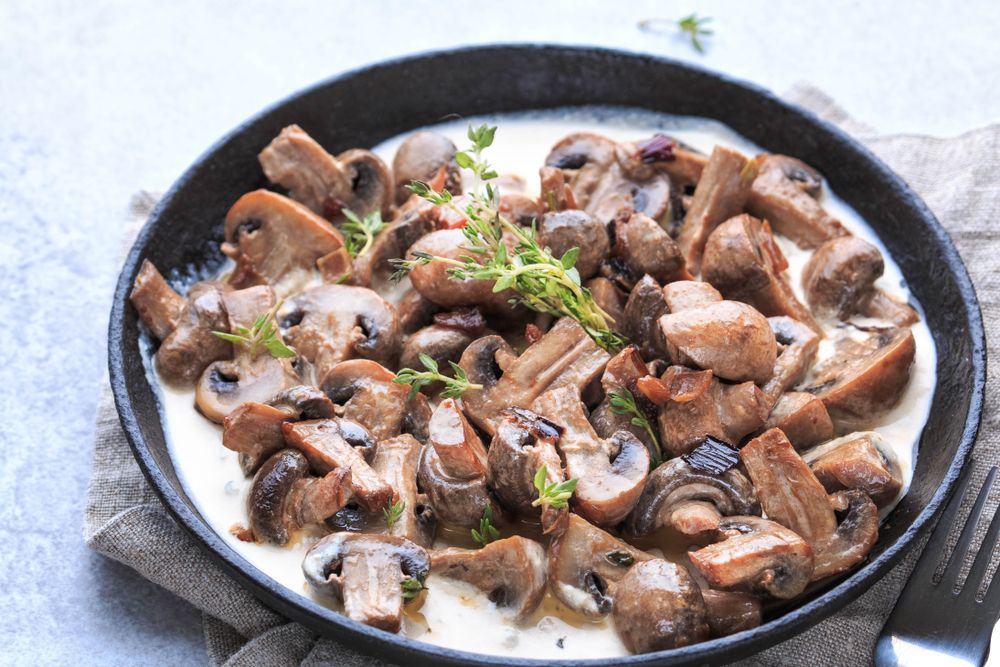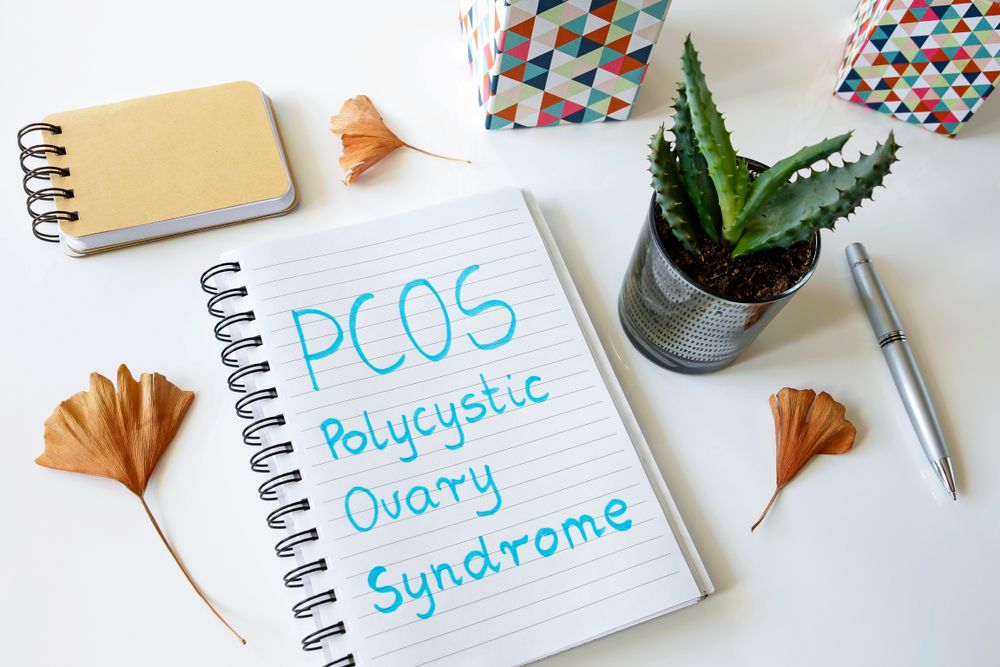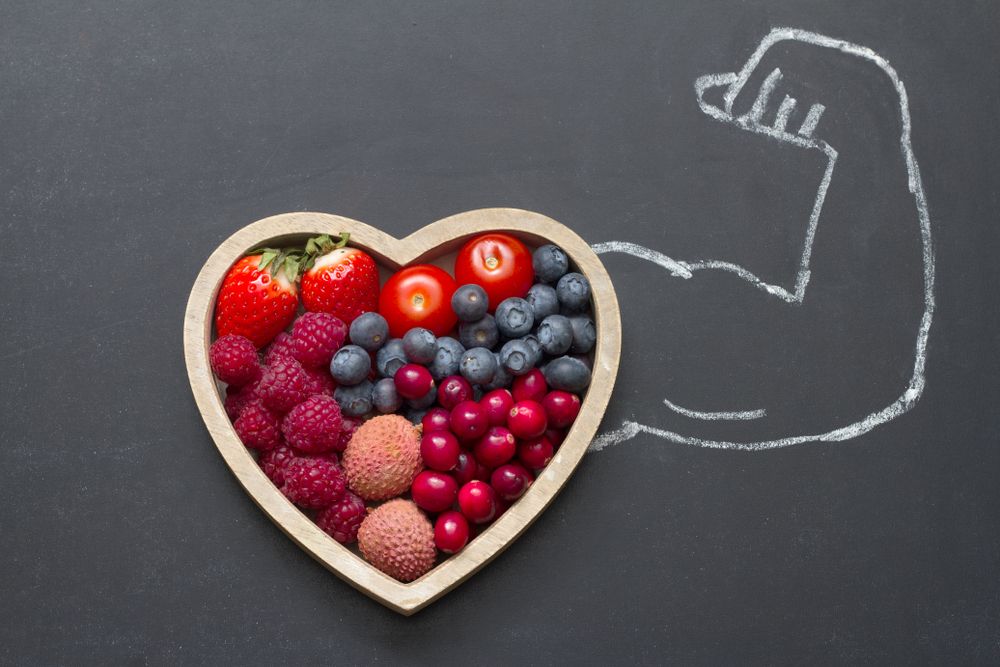Cholesterol is often associated with medical risks: Many of us have vague notions that it may cause health problems. Yet the body produces cholesterol naturally; in fact, it’s vital to human life. (Learn More – Cholesterol)
When it comes to assessing your own cholesterol, you’ll need to consider quantity and type. While you need some cholesterol to produce key hormones and tissues, excess levels of “bad cholesterol” can cause serious harm. Moreover, it may be helpful to take stock of some related health indicators, such as the levels of triglycerides in your system. (Learn More – Triglycerides)
Many factors can contribute to the development of high cholesterol of the unwanted variety. (Learn More – Why Do I Have High Cholesterol Levels?)
Thankfully, there are also several effective interventions you can use to address high cholesterol levels, including medications and lifestyle adjustments. (Learn More – What Should I Do for High Cholesterol?)
Statin drugs, such as simvastatin, are the most common medications used to treat high cholesterol. (Learn More – Statins)
Your doctor may also prescribe a class of drugs that work in your intestines, such as ezetimibe. (Learn more – Bile Acid Resin Drugs)
Niacin treatments may also reduce cholesterol, (Learn More – Niacin to Fight Cholesterol) and alternatives such as fibrates (Learn More – Fibrates) and PCSK9 inhibitors can be effective in certain people. (Learn More – PCSK9 Inhibitors)
Additionally, dietary aids that can be purchased over the counter may also reduce cholesterol levels. (Learn More – Dietary Aids) Ultimately, the most effective approach is likely to be multifaceted, combining lifestyle changes and one or more medications. (Learn More – Adopting a Multidimensional Approach)
In this article, we’ll discuss the various kinds of medications and supplements that might help lower your bad cholesterol levels. With a firm understanding of your options, you can work with your doctor to determine the right approach.
Cholesterol
Cholesterol is a waxy substance with the consistency of fat, present in every cell of your body. While you produce plenty of it naturally, it also enters your body through foods with animal origins, such as meat and cheese.
Cholesterol plays a central role in many bodily functions. It aids in synthesizing nutrients such as vitamin D, helps produce hormones, and assists in building tissue. But not all cholesterol is created equal, and the difference between types is quite dramatic.
Essentially, there are two kinds of cholesterol:
- Low-density lipoprotein (LDL): What most people call “bad” cholesterol, LDL comprises the majority of cholesterol in your body. It is absorbed in your bloodstream from certain fatty foods, and elevates your risk of stroke and heart disease. LDL cholesterol can build up and form plaque in your blood vessels, ultimately restricting the flow of blood around your body.
- High-density lipoprotein (HDL): Considered to be the “good” form of cholesterol, HDL actually absorbs other cholesterol, carrying it back to the liver. The liver then expels the excess cholesterol from your body. As a result, HDL cholesterol lowers your risk of heart disease and stroke.
Clearly, you and your doctor should strive to lower your LDL levels while boosting your HDL cholesterol. With the right medication and dietary changes, you may be able to do exactly that.
Triglycerides
As we discuss the hazards of bad cholesterol, it’s worth mentioning a related kind of malicious molecule. Triglycerides are fatty substances derived from the food you eat. They serve to store energy, and — at low or moderate levels — support normal functioning.
At high levels, however, they can contribute to the hardening of your arteries and the thickening of your artery walls. Just like LDL cholesterol, high levels of triglycerides increase your risk of stroke and heart disease. Indeed, these conditions are often related in the eyes of physicians, signaling potential concerns in the cardiovascular system.
If you have high levels of triglycerides or high LDL levels, you may not fall immediately ill. Over time, however, these conditions can severely compromise your cardiovascular health. Accordingly, these issues are described as “silent killers,” incrementally inflicting great harm.
Why Do I Have High Cholesterol Levels?
Numerous factors can cause high levels of LDL cholesterol in the human body. Some of these reflect behavioral risks, whereas others are completely beyond the control of the affected individual. Here are some major risk factors associated with high cholesterol:
- Heredity, or genetic makeup, is a major contributing factor to high cholesterol levels.

- Certain medical conditions, such as thyroid problems and diabetes, can affect cholesterol levels in your body.
- Diet is one of the major determinants of high cholesterol. Eating processed foods, sugar, and fat (especially saturated fats) can raise your cholesterol levels.
- Lack of exercise or a sedentary lifestyle can cause high cholesterol levels.
- As people age, they are more likely to develop high cholesterol.
- Obesity can lead to high cholesterol levels.
- The use of certain substances can contribute to high cholesterol levels, including tobacco products and alcohol.
What Lifestyle Changes Should I Make to Address My High Cholesterol?
If you have high LDL levels, the first intervention to try is a change in diet. Eating a heart-healthy mix of foods can substantially lower your bad cholesterol levels over time. Unfortunately for junk food lovers, this means consuming less sugar and saturated fat, and avoiding trans fats altogether.
You probably know what comes next: Exercise is another key to keeping LDL cholesterol in check. You don’t want to overdo it, so start with 30 minutes of exercise just a few times a week. From there, you can increase slowly (with your doctor’s endorsement, of course).
While these changes can be quite helpful, your doctor may also advise that you begin taking medications to curb your cholesterol. Below, we’ll cover a range of medications commonly prescribed in conjunction with a healthy lifestyle.
Statins
Statins are the most common class of medications used to lower LDL cholesterol and raise HDL cholesterol simultaneously. To deliver this powerful range of benefits, statins block a liver enzyme known as HMG-CoA reductase that helps produce bad cholesterol. In this way, statins can lower LDL levels in your body until you reach and maintain target levels.
Here are the brand names and active ingredients of popular kinds of statins:
While statins present great benefits, side effects are somewhat common. These sometimes include headaches, abdominal pain, and bloating. In rare cases, liver failure and muscle damage have occurred.
However, research indicates that for most individuals, these side effects are far outweighed by the benefits these drugs produce. By monitoring your medication reactions with your doctor, you should be able to avoid any serious complications as a result of using statins.
Bile Acid Resin Drugs
Drugs referred to as bile acid resin drugs (also called bile acid sequestrants) work in your intestine, attaching to bile produced by your liver. Effectively, these drugs prevent the absorption of bile back into your blood. Bile is a substance that is largely composed of cholesterol. As a result, your body must seek cholesterol from other regions of your body, lowering your LDL cholesterol levels overall.
Drugs such as Prevalite (cholestyramine) work in this matter. The medication Zetia (ezetimibe) works somewhat differently, blocking cholesterol absorption in the small intestine.
These medications are sometimes prescribed in conjunction with a statin, such as simvastatin. Side effects from these drugs are typically minimal. For instance, the most common effects associated with ezetimibe are diarrhea, mild back pain, and mild stomach pain.
Niacin
The B vitamin niacin is available by prescription in high doses. It can be used to raise HDL cholesterol levels and lower LDL cholesterol levels. While most physicians don’t consider niacin a first-line treatment option, it may be helpful for individuals who have adverse reactions to statins.
Side effects associated with taking high levels of niacin include flushing of the skin, itching, headache, and diarrhea.
Fibrates
Fibrates can reduce the levels of triglycerides that your body produces and simultaneously boost HDL levels. Lopid (gemfibrozil) is an example of a medication in this class. Much like niacin, fibrates are a helpful alternative to consider if you cannot take statins.
PCSK9 Inhibitors
This class of drugs is often prescribed for people who are unable to manage high cholesterol levels with the use of statins and lifestyle changes. They are frequently used by people who inherit heterozygous familial hypercholesterolemia, a genetic condition that predisposes people to develop heart disease or high levels of cholesterol.
These drugs block a protein, known as PCSK9, facilitating the removal of LDL from the bloodstream. Unfortunately for those who fear needles, this treatment is available only in the form of a shot.
Other Dietary Aids
Some dietary aids have been shown to lower LDL cholesterol levels or promote the creation of good cholesterol. While many products claim to deliver such benefits, here are some supported by extensive evidence.
- Blond psyllium (found in seed husks)

- Fish oil (available in pills and capsules)
- Flaxseed (ground)
- Green tea or green tea extract
- Oat bran
- Soy protein
Of course, before beginning a new diet, it’s best to consult your doctor or nutritionist.
Adopting a Multidimensional Approach
In this article, we’ve described many different ways to reduce LDL levels and promote good cholesterol. Yet the most powerful approach is likely some combination of these methods, as determined by you and your doctor. A comprehensive approach to lowering your cholesterol positions you for success, permitting progress on multiple fronts. Between eating properly, getting daily exercise, and taking the right medications, you’ll be well on your way to conquering your cholesterol.
References
Cholesterol. (April 2019). U.S. National Library of Medicine.
Why Is Cholesterol Needed by the Body? (December 2018). Healthline.
LDL and HDL Cholesterol: “Bad” and “Good” Cholesterol. (October 2017). Centers for Disease Control and Prevention.
Triglycerides: Why Do They Matter? (September 2018). Mayo Clinic.
What Causes High Cholesterol? (January 2019). Medical News Today.
Top 5 Lifestyle Changes to Improve Your Cholesterol. (August 2018). Mayo Clinic.
Statins. (May 2019). U.S. National Library of Medicine.
Statins: Side Effects, Uses, and Risks. (July 2017). MedicalNewsToday.
Bile Acid Sequestrants for Cholesterol. (May 2019). U.S. National Library of Medicine.
Niacin to Boost Your HDL, ‘Good,’ Cholesterol. (May 2018). Mayo Clinic.
Help for Your Cholesterol When the Statins Won’t Do. (March 2014). Harvard Health Publishing.
What You Need to Know About PCSK9 Inhibitors. (January 2018). WebMD.
Cholesterol-lowering Supplements May be Helpful. (November 2018). Mayo Clinic.


